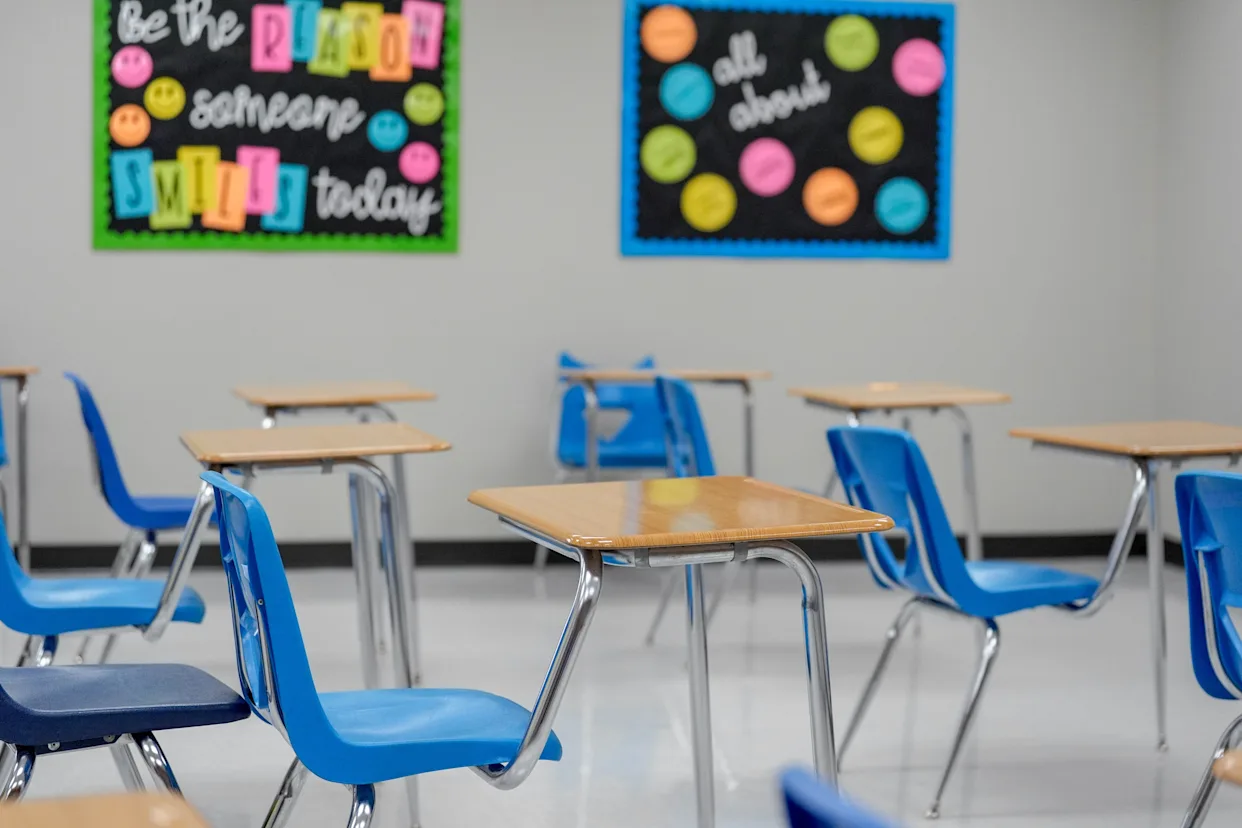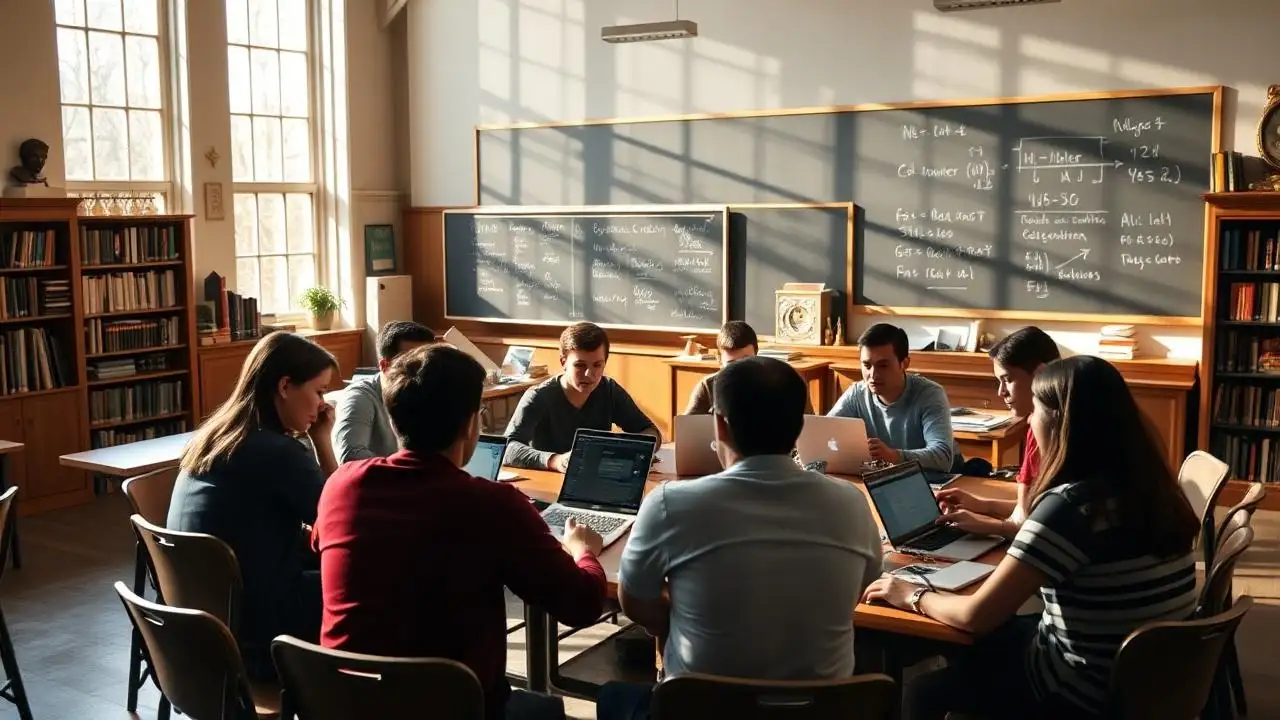
A Wake-up Call for Oklahoma’s Education System
Oklahoma’s public education system has long been a topic of concern for residents, policymakers, and educational stakeholders. Recent reports and rankings have placed the state at the very bottom of the national ladder, highlighting significant challenges and areas needing urgent attention. According to a recent article by News 9, Oklahoma ranks 50th in the nation for public education. This startling ranking has sparked debates on the root causes and necessary reforms needed to improve the quality of education within the state.
The Current State of Oklahoma’s Education System
Oklahoma’s education system is facing a multifaceted crisis, encompassing issues such as underfunding, teacher shortages, outdated infrastructure, and achievement gaps among students. The ranking of 50th reflects these systemic problems, showing that Oklahoma lags behind other states in critical areas such as student performance, graduation rates, and access to quality educational resources.
Financial Challenges and Funding Gaps
One of the primary contributors to Oklahoma’s poor ranking is inadequate funding. Despite being one of the states with lower per-student expenditures, the allocations are often insufficient to meet the needs of students and schools. This financial strain affects everything from classroom supplies to staffing levels and school maintenance. Underfunded schools struggle to provide enrichment programs, advanced coursework, and extracurricular activities, which ultimately impacts student engagement and success.
Teacher Shortages and Quality of Education
The state has been grappling with a persistent teacher shortage, driven by low salaries, heavy workloads, and challenging work environments. Many experienced teachers are leaving the profession or relocating to states offering better compensation. This leads to a reliance on underqualified substitute teachers or less experienced staff, which can compromise the quality of education delivered to students. The shortage also hampers the ability to offer specialized courses and individualized attention to students’ needs.
Student Achievement and Test Scores
Data indicates that Oklahoma students perform below national averages on standardized tests, affecting the state’s ranking. Factors such as poverty, limited access to enrichment resources, and inconsistent school funding contribute to these low achievement levels. Closing the achievement gap remains a challenge, with disparities persisting among different demographic groups and districts.
Root Causes Behind Oklahoma’s Low Ranking
Understanding the underlying causes is essential to addressing the root issues that keep Oklahoma at the bottom of national rankings. Some of the critical factors include:
- Economic Disparities: High poverty rates among students hinder learning and access to opportunities.
- Policy and Legislative Challenges: Funding policies and education reforms have often fallen short or lacked consistency, affecting long-term planning.
- Infrastructure and Resources: Many schools operate in outdated facilities with limited technological resources, impeding modern teaching methods.
- Community and Parental Engagement: Limited involvement from parents and communities can affect student motivation and achievement.
The Impact of Rankings on Oklahoma’s Future
Being ranked 50th isn’t merely a statistic; it reflects the real-life consequences faced by Oklahoma’s students, teachers, and communities. Poor education outcomes can have long-term repercussions, including reduced economic opportunities, higher unemployment rates, and a cycle of poverty. Additionally, outmigration of families seeking better educational environments further weakens the state’s economic prospects.
Economic and Social Ramifications
Fewer skilled workers and a less educated workforce can deter potential businesses from investing in Oklahoma. Moreover, low literacy and graduation rates correlate with higher social costs, such as increased reliance on social services and criminal justice systems.
Investing in education is crucial for the state’s growth. Recognizing current deficiencies is the first step toward crafting effective policies that elevate Oklahoma’s standing.
Pathways to Improvement: What Can Be Done?
Addressing Oklahoma’s educational crisis requires comprehensive and sustained efforts. Here are some actionable strategies:
- Increase Funding: Allocate more resources to schools, focusing on equitable distribution to underserved districts.
- Support Teachers: Enhance teacher compensation, provide ongoing professional development, and improve working conditions to retain skilled educators.
- Modernize Infrastructure: Invest in updated school facilities, technology, and learning materials to create conducive learning environments.
- Implement Data-Driven Policies: Use data to identify gaps and tailor interventions that target specific student populations and districts.
- Community Engagement: Foster partnerships with families and local organizations to build supportive educational communities.
Fostering Innovation in Education
Embracing innovative teaching methods, such as personalized learning, online resources, and STEM programs, can help bridge gaps and enhance student engagement. Pilot programs and public-private partnerships could serve as catalysts for transformation, ensuring Oklahoma’s students are prepared for the demands of the 21st century.
The Role of State and Federal Governments
Policy interventions at both state and federal levels are vital. This includes:
- Revisiting funding formulas to ensure equitable and sufficient allocations.
- Implementing accountability systems that promote quality teaching and learning.
- Providing targeted support to schools in high-poverty areas.
- Facilitating data sharing and transparency to monitor progress and inform decisions.
Conclusion: Hope for a Brighter Future
While the current ranking paints a concerning picture, it also serves as a wake-up call for stakeholders across Oklahoma. Recognizing the issues is only the first step; concerted efforts, innovative solutions, and sustained investments are necessary to turn the tide. With a focused approach, Oklahoma has the potential to reclaim its position and provide its students with the quality education they deserve.
In summary, addressing Oklahoma’s educational challenges demands a comprehensive, multi-layered approach that involves funding, policy reform, community involvement, and innovation. Only then can the state hope to climb the rankings and secure a prosperous future for its young generations.
For more updated news please keep visiting Prime News World.








